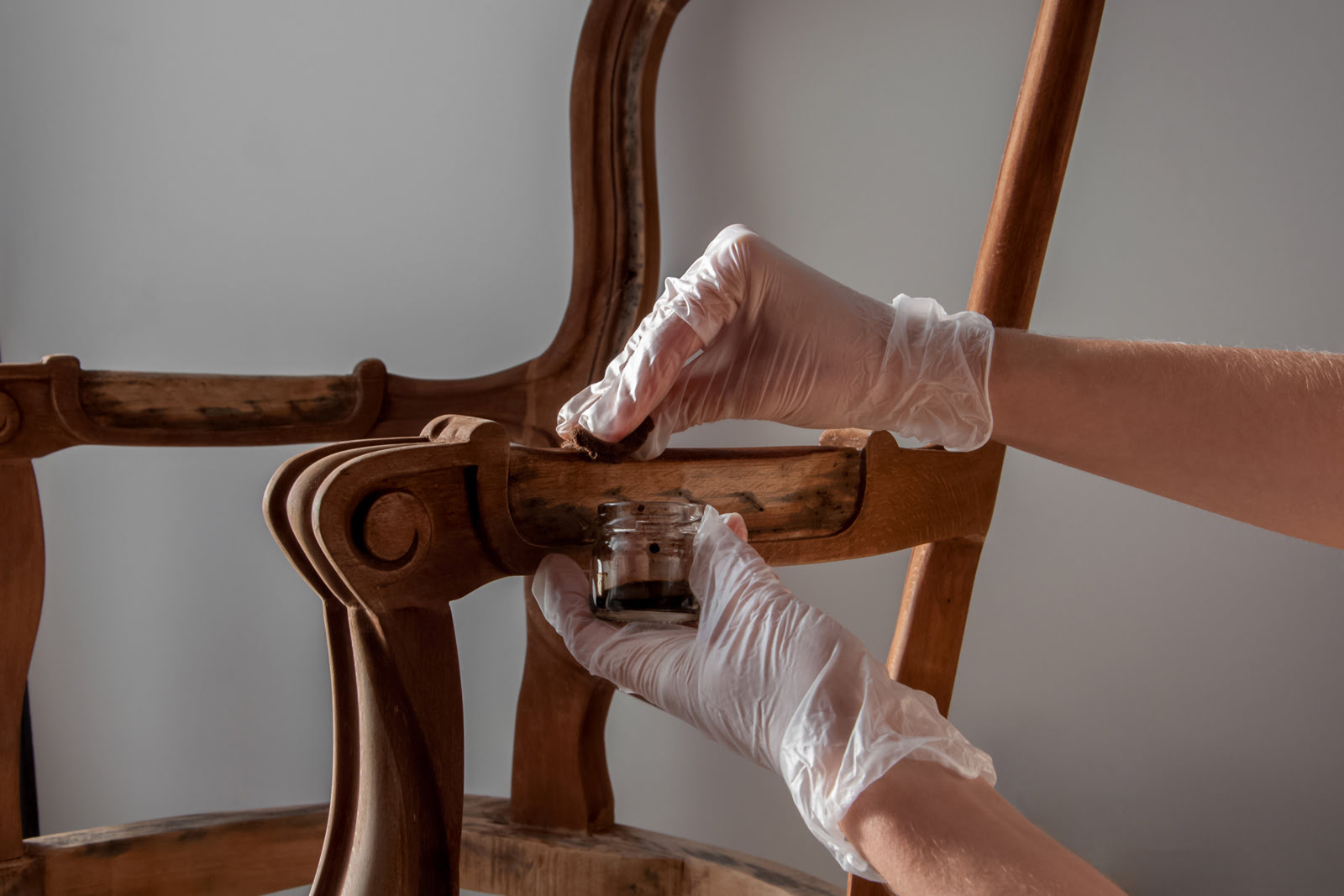

Articles
How To Store Wood Furniture In Garage
Modified: February 26, 2024
Learn the best way to store your wood furniture in the garage with these helpful articles. Protect your investment and prevent damage.
(Many of the links in this article redirect to a specific reviewed product. Your purchase of these products through affiliate links helps to generate commission for Storables.com, at no extra cost. Learn more)
Introduction
Wood furniture is a beautiful and timeless addition to any home. However, there may be times when you need to store wood furniture, such as when you’re moving, renovating, or simply need some extra space. When it comes to storing wood furniture, the garage can be a convenient and accessible solution. In this article, we will explore the reasons for storing wood furniture in the garage, as well as provide you with helpful tips on how to properly store and maintain your valuable pieces.
When considering storage options for your wood furniture, the garage offers several advantages. Firstly, it is typically a spacious area that can accommodate larger pieces of furniture. It also provides protection from the elements, ensuring that your furniture remains safe from rain, sun exposure, and extreme temperature fluctuations. Additionally, the garage is a relatively secure environment, reducing the risk of theft or damage compared to outdoor storage options.
However, it is important to note that storing wood furniture in the garage requires some preparation and care, as the environment can still pose certain risks. In the following sections, we will guide you through the necessary steps to prepare your garage, properly clean and treat your furniture, disassemble if necessary, and protect your pieces to ensure their longevity and optimal condition while in storage.
Key Takeaways:
- Properly preparing your garage and wood furniture for storage is crucial to ensure longevity and optimal condition. From cleaning and treating the furniture to organizing the space, attention to detail is key.
- Regular maintenance and monitoring of stored wood furniture are essential to prevent damage and ensure ongoing preservation. By inspecting, cleaning, and addressing issues promptly, you can protect your valuable pieces for the long term.
Read more: How To Store Wood In Garage
Why Store Wood Furniture in the Garage?
There are several reasons why storing wood furniture in the garage can be a practical choice. Here are a few key factors to consider:
- Protection from the elements: The garage provides a sheltered environment where your wood furniture can be shielded from the harsh elements. Exposure to sunlight, rain, and extreme temperature fluctuations can cause significant damage to wood, such as fading, warping, or cracking. Storing your furniture in the garage helps to mitigate these risks and prolong the lifespan of your pieces.
- Convenience and accessibility: The garage is usually situated close to your home, making it a convenient location to store your wood furniture. This convenience is especially beneficial when you need regular access to your furniture or if you’re planning to use it again in the near future. You can easily retrieve and return your pieces without having to travel to a remote storage facility.
- Security: While not as secure as indoor storage, the garage offers a certain level of protection against theft and vandalism compared to outdoor storage options. By keeping your wood furniture in the garage, you reduce the risk of it being targeted by potential thieves or exposed to accidental damage.
- Space availability: The garage generally provides ample space to store larger furniture items, such as dining tables, bed frames, or dressers. It allows you to free up valuable space inside your home, creating a clutter-free living environment. This can be especially beneficial if you’re downsizing, remodeling, or temporarily need extra space for other purposes.
- Cost-effective solution: Opting for garage storage can be a cost-effective alternative to renting a storage unit. While there may be some upfront costs associated with preparing your garage and purchasing storage supplies, it can save you money in the long run, especially if you need to store your furniture for an extended period.
By considering these reasons, you can assess whether storing your wood furniture in the garage is the right choice for you. The next sections will delve into the necessary steps to help you properly prepare your garage and ensure that your furniture remains in optimal condition while in storage.
Preparing the Garage for Wood Furniture Storage
Before storing your wood furniture in the garage, it’s important to properly prepare the space to ensure the best conditions for your pieces. Follow these steps to prepare your garage for wood furniture storage:
- Clean and declutter: Start by clearing out any unnecessary items from your garage. Remove any debris, trash, or other objects that may obstruct the space or pose a risk to your furniture. Give the garage a thorough cleaning to eliminate dust, dirt, and pests that could potentially damage your wood furniture.
- Inspect for potential issues: Check for any signs of water leaks or excessive moisture in the garage. Look for cracks in the walls or gaps in doors and windows that could allow water or pests to enter. Address any issues before storing your furniture to prevent potential damage. Consider applying a waterproof sealant to your garage floor to protect against moisture.
- Control temperature and humidity: Wood furniture is sensitive to temperature and humidity fluctuations. Install a dehumidifier to maintain a stable humidity level in the garage, as excessive moisture can cause mold and mildew growth on your furniture. Use fans or insulation to regulate the temperature and prevent extreme heat or cold from affecting your pieces.
- Create a barrier: Protect your wood furniture from direct contact with the garage floor by placing a moisture-resistant barrier, such as plastic sheeting or a tarp, underneath. This will prevent any potential moisture transfer or damage from condensation.
- Organize the space: Arrange your furniture storage area in a way that maximizes space and accessibility. Consider using shelves or racks to keep smaller pieces off the floor and to prevent them from being damaged or crushed by larger items.
- Ensure proper ventilation: Adequate ventilation is crucial to prevent the buildup of musty odors and to allow for air circulation. Keep windows or vents open when possible or use fans to promote airflow and minimize the risk of mold or mildew growth on your furniture.
- Protect against pests: Take precautions to prevent pests, such as rodents or insects, from damaging your wood furniture. Seal any gaps or cracks in the garage walls, doors, and windows to prevent pest entry. Using pest control methods or traps can also help safeguard your stored furniture.
By following these steps, you can create a suitable environment for storing your wood furniture in the garage. Once the space is prepared, you can proceed with properly cleaning and treating your furniture before storing it.
Properly Cleaning and Treating the Wood Furniture
Before storing your wood furniture in the garage, it’s crucial to clean and treat it properly to prevent dirt, dust, and moisture from causing damage. Follow these steps to ensure your wood furniture is in optimal condition for storage:
- Dust the furniture: Begin by removing any loose dust or debris from the surface of your furniture. Use a soft cloth or a feather duster to gently wipe away the dust, paying attention to corners, crevices, and intricate details.
- Clean with a mild solution: For more thorough cleaning, create a mixture of mild dish soap and warm water. Dip a clean cloth or sponge into the solution and wring out any excess moisture. Carefully wipe down the entire surface of the furniture, being cautious not to oversaturate the wood.
- Remove stains: If your wood furniture has stubborn stains, consider using a wood cleaner or furniture polish specifically designed for the type of wood you have. Follow the manufacturer’s instructions and test the product on a small, inconspicuous area first to ensure compatibility.
- Dry thoroughly: After cleaning, make sure to dry the furniture completely to prevent moisture from seeping into the wood. Use a clean, absorbent cloth to remove any excess water or moisture from the surface. Allow the furniture to air dry in a well-ventilated area before proceeding.
- Apply wood treatment: Consider applying a wood treatment product, such as furniture oil or wax, to protect and nourish the wood. A wood treatment can help prevent drying, cracking, and warping of the furniture during storage. Follow the instructions on the product for application methods and frequency.
- Address existing damage: If your wood furniture has any scratches or scuffs, take the time to polish or repair them before storage. Use an appropriate wood filler or touch-up marker to address any visible damage and maintain the overall appearance of the furniture.
Remember, it’s important to allow the furniture to fully dry and cure after cleaning and applying any treatment before storing it in the garage. This will help ensure that your wood furniture remains in optimal condition throughout the storage period. In the next section, we’ll explore the option of disassembling furniture before storage to maximize space and protect delicate parts.
Disassembling Furniture (If Necessary)
Disassembling your wood furniture before storing it in the garage can offer several benefits, such as maximizing space, protecting delicate parts, and making it easier to transport. Here are some guidelines to consider if you decide to disassemble your furniture:
- Assess the feasibility: Determine whether it is practical and necessary to disassemble your furniture. Some pieces, such as large dining tables or bookshelves, may be difficult to disassemble without compromising their structural integrity. However, items like bed frames, chairs, or smaller cabinets may be more easily disassembled.
- Consult the manufacturer’s instructions: If available, refer to the manufacturer’s instructions or assembly manual for guidance on disassembling the furniture. They might provide specific steps or precautions to follow to ensure a safe and effective disassembly process.
- Take photos and label parts: Before disassembling, document the furniture by taking clear photos from different angles. This will assist you when reassembling the furniture later. Additionally, label or mark each disassembled part, either with a small piece of tape or a numbering system, to easily identify and match the components during reassembly.
- Use appropriate tools: Ensure you have the necessary tools handy to disassemble the furniture safely. Common tools may include screwdrivers, Allen wrenches, adjustable wrenches, or pliers. Avoid using excessive force or inappropriate tools that could damage the furniture or strip screws.
- Protect delicate parts: Wrap delicate or intricate parts, such as glass panels or decorative elements, in bubble wrap or foam sheets to prevent damage during storage. Use tape or zip ties to secure any loose or protruding parts, such as chair legs or table leaves, to the main body of the furniture.
- Keep hardware organized: Store all the disassembled hardware, such as screws, bolts, or nuts, in clearly labeled bags or containers. It’s crucial to keep them all together and in a safe place to avoid losing any essential pieces during the storage period.
By following these guidelines, you can safely and effectively disassemble your wood furniture, if necessary. Remember to store the disassembled parts together with the main body of the furniture to ensure easy reassembly. In the next section, we’ll explore how to properly wrap and protect your furniture before storing it in the garage.
To store wood furniture in the garage, make sure to clean and dry the furniture thoroughly before placing it in the garage. Use furniture covers or tarps to protect it from dust and moisture, and avoid placing it directly on the concrete floor to prevent moisture damage.
Read more: How To Store Wood Furniture
Wrapping and Protecting the Furniture
Properly wrapping and protecting your wood furniture is crucial to ensure its safety and longevity while in storage. Here are some steps to follow when wrapping and protecting your furniture:
- Clean and dry: Before wrapping, make sure your furniture is clean and completely dry. Any dirt or moisture on the surface can lead to mold or mildew growth during storage.
- Disassemble if necessary: If you have disassembled any furniture pieces, wrap each component separately to protect them from scratches and damage. Use bubble wrap, furniture blankets, or foam sheets to wrap the individual parts.
- Use furniture blankets or moving pads: For larger furniture items, such as tables or couches, use furniture blankets or moving pads to provide an extra layer of protection. Drape the blankets over the furniture, ensuring that all surfaces are covered. Secure the blankets in place with packing tape or shrink wrap.
- Wrap with plastic or shrink wrap: After covering the furniture with blankets, it’s recommended to wrap it with plastic or shrink wrap. This will help seal out any moisture and provide additional protection against dust, dirt, and pests. Make sure not to wrap the furniture too tightly, as this can cause damage or distortion to the wood.
- Protect fragile parts: If your furniture has delicate or vulnerable parts, such as glass panels or handles, use additional padding, such as foam or Styrofoam sheets, to ensure their safety. Secure the padding in place with tape or zip ties to prevent them from shifting or breaking during storage.
- Consider climate control: If you live in an area with extreme temperature or humidity fluctuations, it’s worth investing in a climate-controlled storage unit or using dehumidifiers and moisture-absorbing products in your garage. This will help maintain stable conditions and minimize the risk of damage to your wood furniture.
- Avoid direct contact with the floor: Place furniture on pallets or use wooden blocks to lift them off the ground. This prevents any potential moisture transfer from the floor and adds an extra layer of protection.
- Label and organize: Clearly label each wrapped furniture item to easily identify and locate them when needed. Create an inventory list or use adhesive labels to identify the contents of each package.
By following these steps, you can ensure your wood furniture is properly wrapped and protected during storage. The next section will provide guidelines on positioning and organizing your furniture in the garage to maximize space and accessibility.
Positioning and Organizing Furniture in the Garage
Properly positioning and organizing your wood furniture in the garage is essential for maximizing space and ensuring easy access when needed. Here are some tips to help you effectively organize your furniture:
- Create a layout plan: Before moving your furniture into the garage, create a layout plan to determine where each piece will be placed. Consider the size and shape of your furniture and how it will fit within the available space. This will help you visualize the arrangement and make the most of the available room.
- Maximize vertical space: Utilize the vertical space in your garage by stacking smaller pieces or placing shelves on the walls. This will help free up floor space and keep your furniture better organized. Make sure to secure any stacked items to prevent them from toppling over.
- Leave clear pathways: Ensure there are clear pathways within the garage to allow for easy access to your stored furniture. Avoid blocking entrances or other areas that may need to be used frequently, such as utility boxes or workshop areas.
- Group similar items together: Organize your furniture by grouping similar items together. This will make it easier to locate specific pieces when needed. For example, place all chairs together, tables together, or bedroom furniture in a designated area.
- Consider weight distribution: Distribute the weight of your furniture evenly throughout the garage. Avoid placing too many heavy items in one area, as this can strain the flooring or shelving. Balance the weight by distributing heavier pieces evenly across the space.
- Protect against moisture: Leave enough space between furniture and the walls to prevent moisture buildup. This will help improve air circulation and reduce the risk of mold or mildew. Consider using moisture-absorbing products, such as desiccant packets or moisture control bags, to further protect against humidity.
- Secure loose items: If your furniture has removable cushions or accessories, secure them to the main body of the item. Use tape or zip ties to prevent them from shifting or getting misplaced during storage.
- Label and document: Label each piece of furniture and create an inventory list or take photos of the stored items. This will help you keep track of what you have stored and make it easier to find specific pieces in the future.
By following these tips, you can effectively position and organize your wood furniture in the garage. Taking the time to plan and arrange your stored items properly will ensure easy access and maintain the condition of your furniture. In the next section, we’ll discuss the importance of regular maintenance and monitoring of stored furniture.
Regular Maintenance and Monitoring of Stored Furniture
Even though your wood furniture is safely stored in the garage, it is important to regularly maintain and monitor it to ensure its longevity and optimal condition. Follow these steps to properly maintain and monitor your stored furniture:
- Inspect for damage: Regularly inspect your stored furniture for any signs of damage, such as cracks, scratches, or pests. Pay close attention to corners, joints, and areas susceptible to wear and tear. Promptly address any issues to prevent further deterioration.
- Clean as needed: While in storage, dust and dirt can accumulate on your furniture. Regularly wipe down your stored pieces with a clean, soft cloth to keep them clean and free from debris. Avoid using harsh chemicals or abrasive cleaning products that can damage the wood.
- Check for pests: Monitor your stored furniture for any signs of pests, such as droppings, chew marks, or insect activity. Take appropriate measures to eliminate pests if necessary, using traps or seeking professional pest control services to prevent infestations.
- Inspect for moisture: Periodically check for any signs of moisture or condensation in the garage. Excessive moisture can lead to mold or mildew growth on your wood furniture. If you notice any issues, address them promptly by improving ventilation or using dehumidifiers to maintain optimal storage conditions.
- Reposition furniture: Over time, the weight of stored furniture can cause indentations or pressure points on the surface. Periodically reposition your furniture or shift it slightly to redistribute the weight and prevent any permanent marks or damage to the wood.
- Monitor temperature and humidity: Keep an eye on the temperature and humidity levels in your garage. Extreme fluctuations can impact the condition of your wood furniture. Invest in a digital thermometer and hygrometer to regularly monitor and maintain suitable conditions for storage.
- Reapply wood treatment: Depending on the specific requirements of your wood furniture and the storage duration, consider reapplying wood treatment periodically. This will help maintain the moisture balance of the wood and protect it from drying out or becoming overly humid.
- Address issues promptly: If you notice any signs of damage, deterioration, or changes in the condition of your stored furniture, take immediate action to address the issue. Prompt attention and necessary repairs can prevent further damage and ensure the long-term preservation of your valuable pieces.
By regularly maintaining and monitoring your stored furniture, you can preserve its quality and prevent any unforeseen damages. Regular inspections and necessary upkeep are essential to protecting your wood furniture and ensuring its continued beauty. However, it is also important to note that the length of storage may impact the condition of your furniture over time. So, consider periodically checking and assessing whether it is still appropriate to store the furniture in the garage or if other storage options should be considered. In the concluding section, we’ll summarize the key points covered in this article.
Conclusion
Storing wood furniture in the garage can be a practical and convenient solution when you need extra space or temporary storage. By understanding the benefits of garage storage and taking proper precautions, you can ensure the safety and longevity of your valuable wood furniture. Throughout this article, we have highlighted the importance of preparing the garage, cleaning and treating the furniture, disassembling when necessary, wrapping and protecting the furniture, and effectively organizing the space. Regular maintenance and monitoring are also crucial to address any potential issues and ensure the ongoing preservation of your stored furniture.
Remember to clean and treat your furniture prior to storage, taking care to address any existing damage or stains. If possible and feasible, consider disassembling the furniture to maximize space and protect delicate parts. Properly wrap and protect the furniture with furniture blankets, plastic or shrink wrap to safeguard against moisture and dust. Position and organize the furniture in the garage to optimize the available space and ensure easy access. Regularly inspect, clean, and monitor the furniture to address any damage, pest issues, or changes in storage conditions.
By following these guidelines, you can store your wood furniture in the garage with confidence, knowing that it is being properly cared for during the storage period. While the garage provides convenient accessibility and protection from the elements, it’s important to periodically assess whether the conditions are suitable for continued storage. As with any storage situation, it’s essential to evaluate the specific needs of your furniture and adjust your storage approach accordingly.
With proper preparation, care, and maintenance, your wood furniture can remain in excellent condition while stored in the garage. Whether you’re moving, renovating, or simply need temporary storage, the garage can be a reliable and effective option for keeping your wood furniture safe until you’re ready to use it again. So, make the most of your garage space and enjoy the peace of mind that comes with knowing your cherished wood furniture is being stored with care.
Frequently Asked Questions about How To Store Wood Furniture In Garage
Was this page helpful?
At Storables.com, we guarantee accurate and reliable information. Our content, validated by Expert Board Contributors, is crafted following stringent Editorial Policies. We're committed to providing you with well-researched, expert-backed insights for all your informational needs.
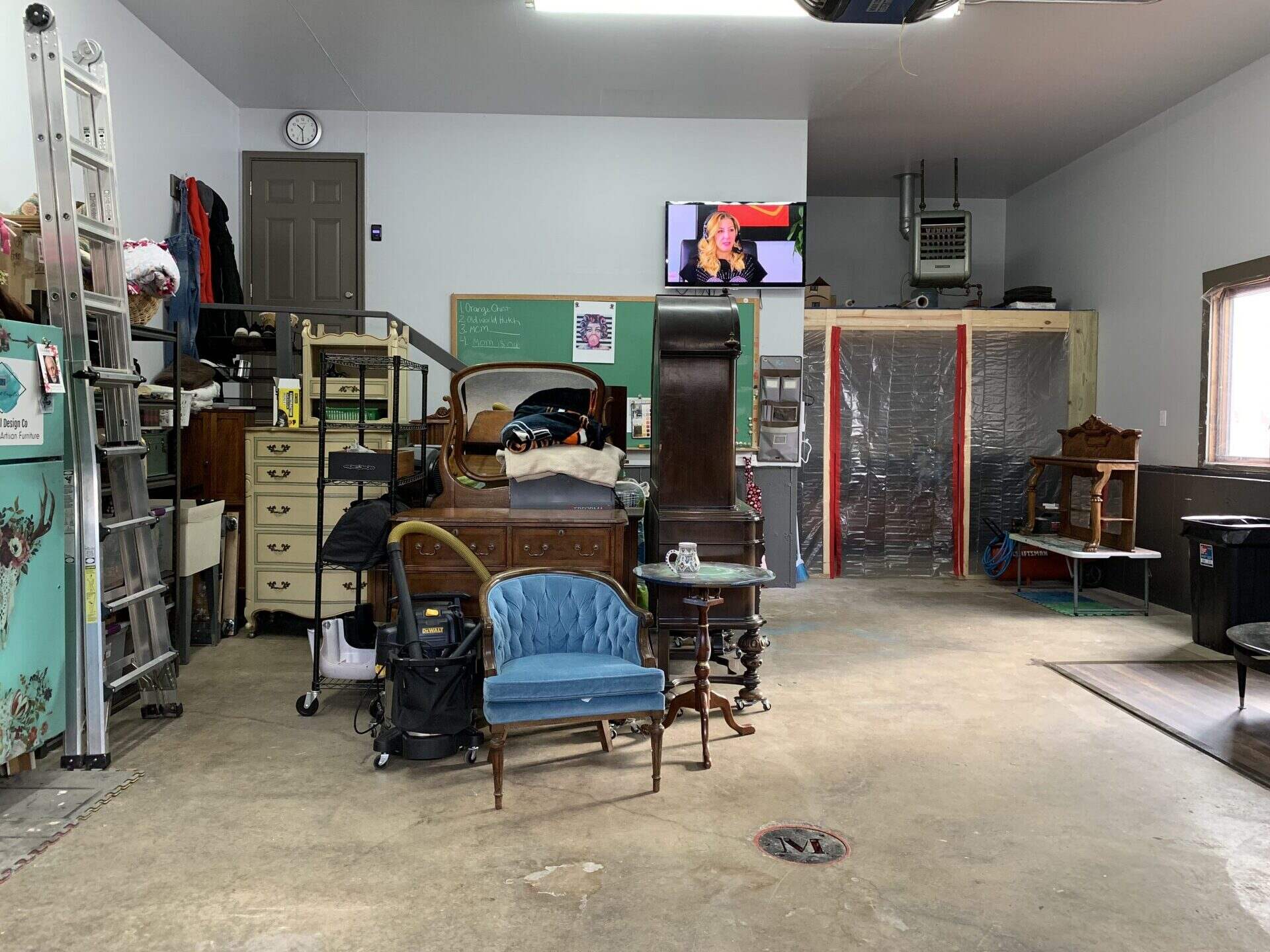
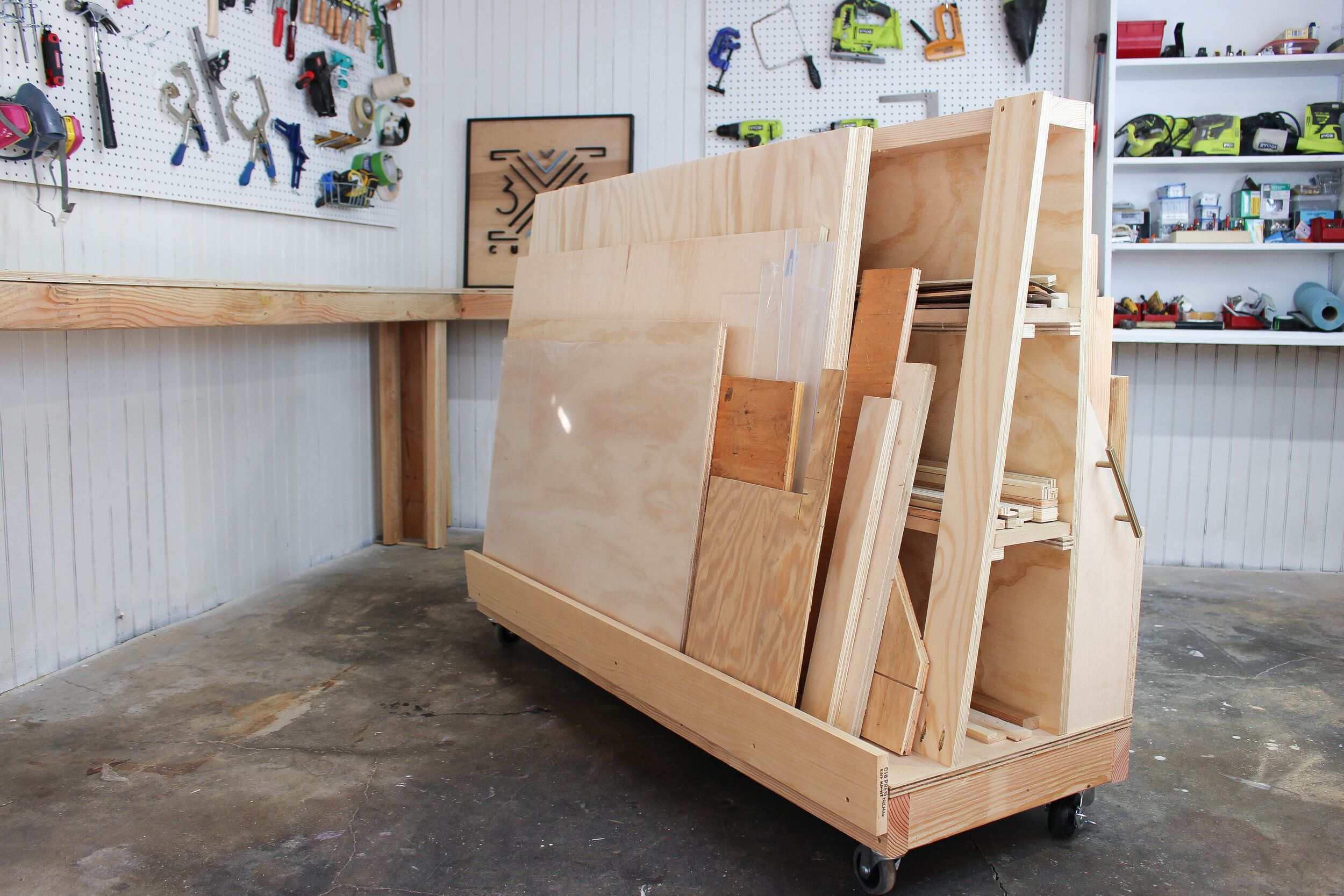
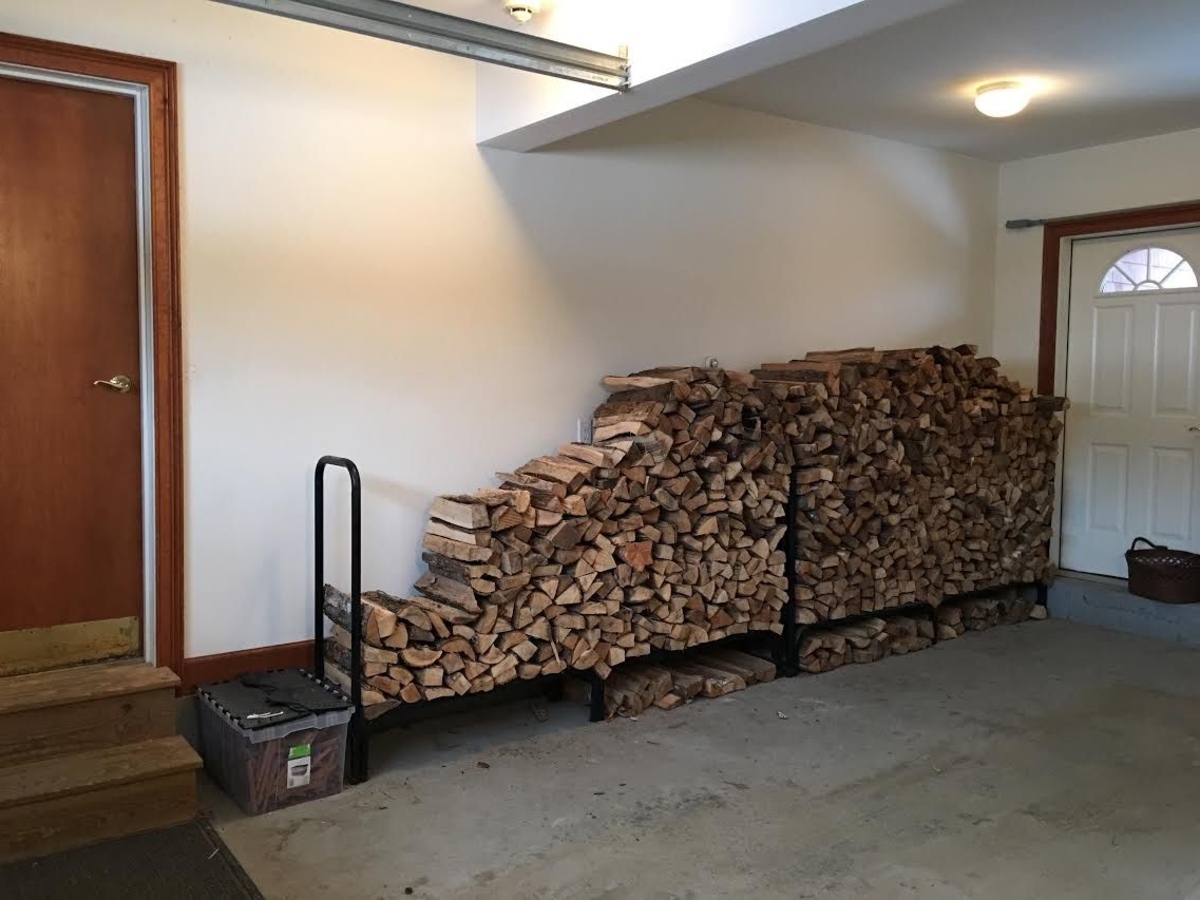
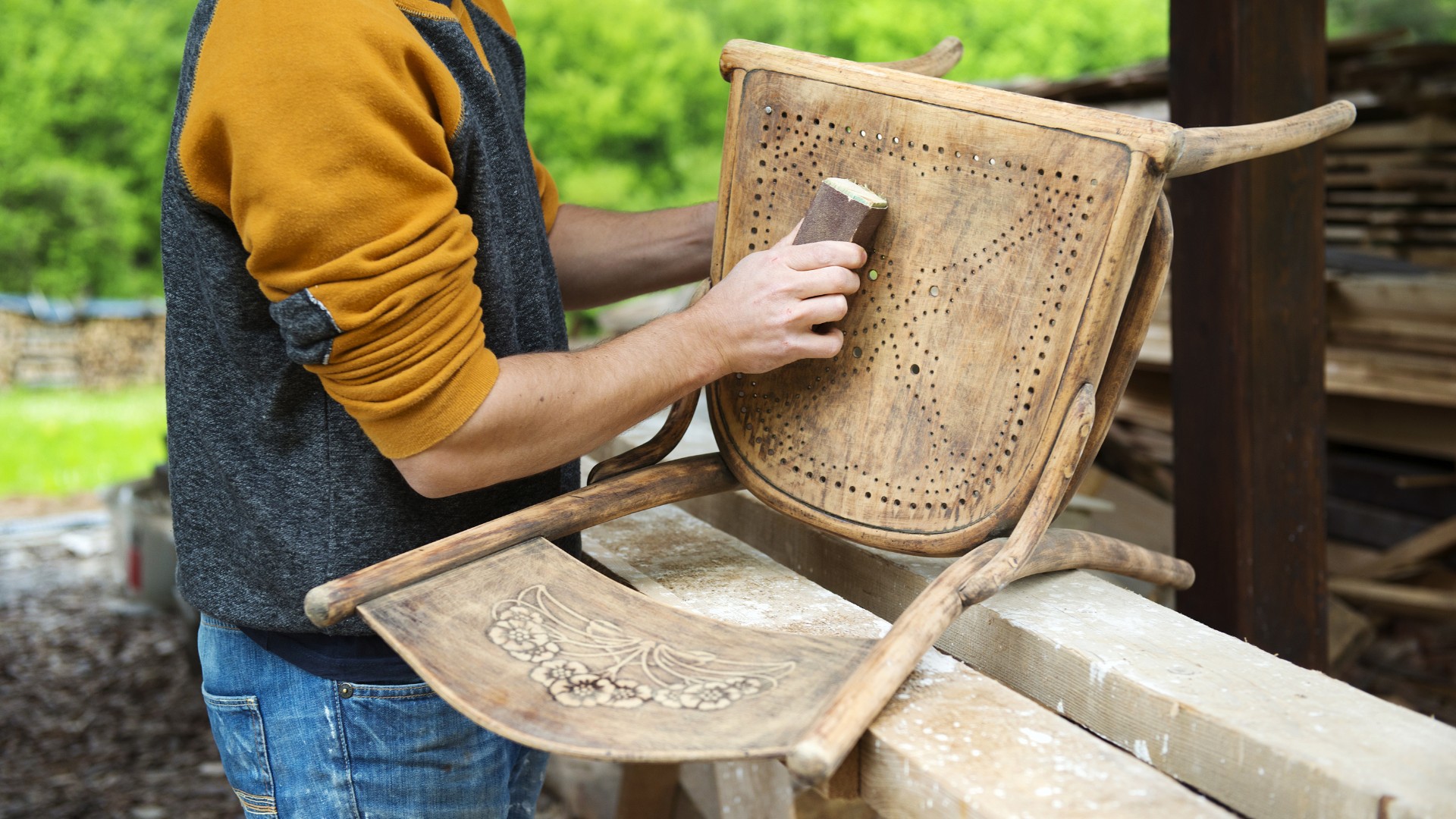
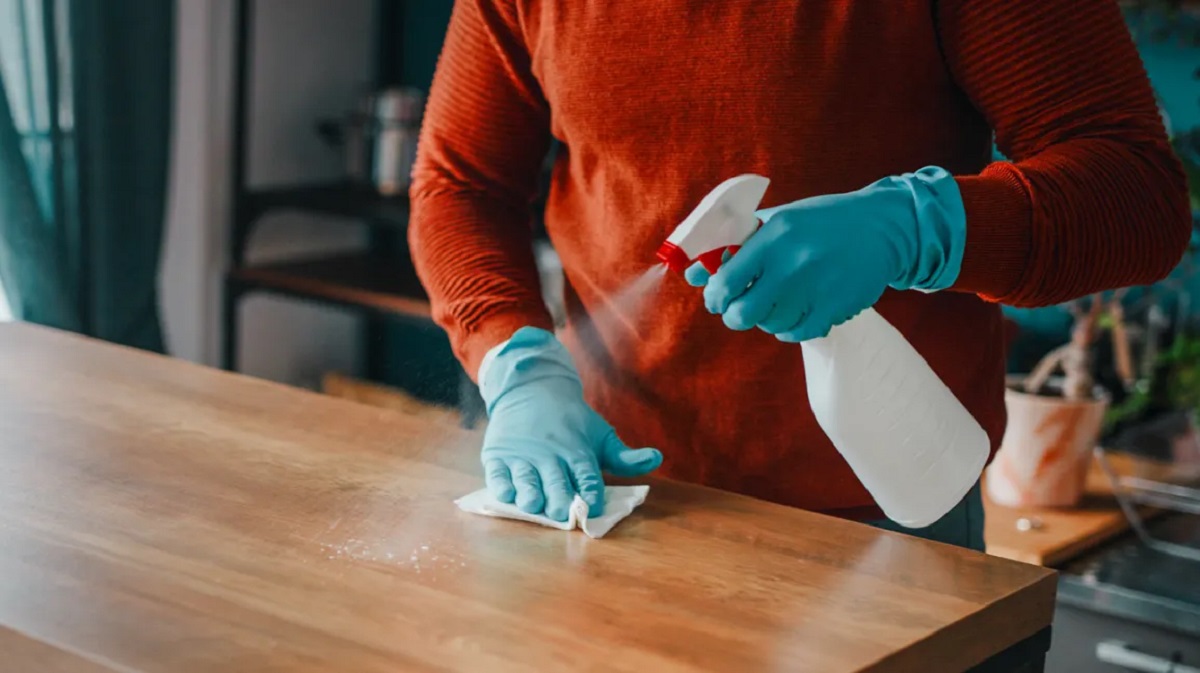
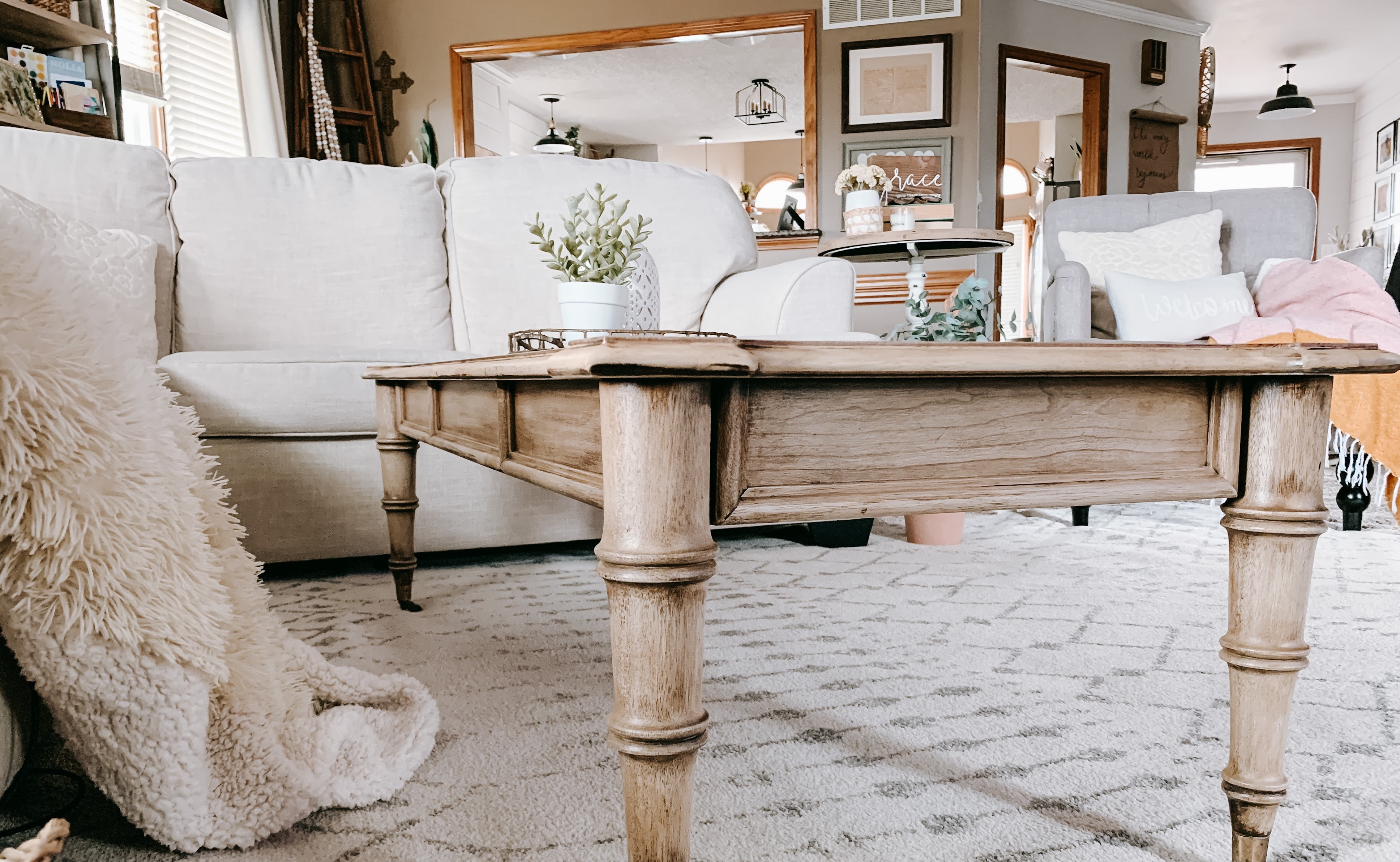
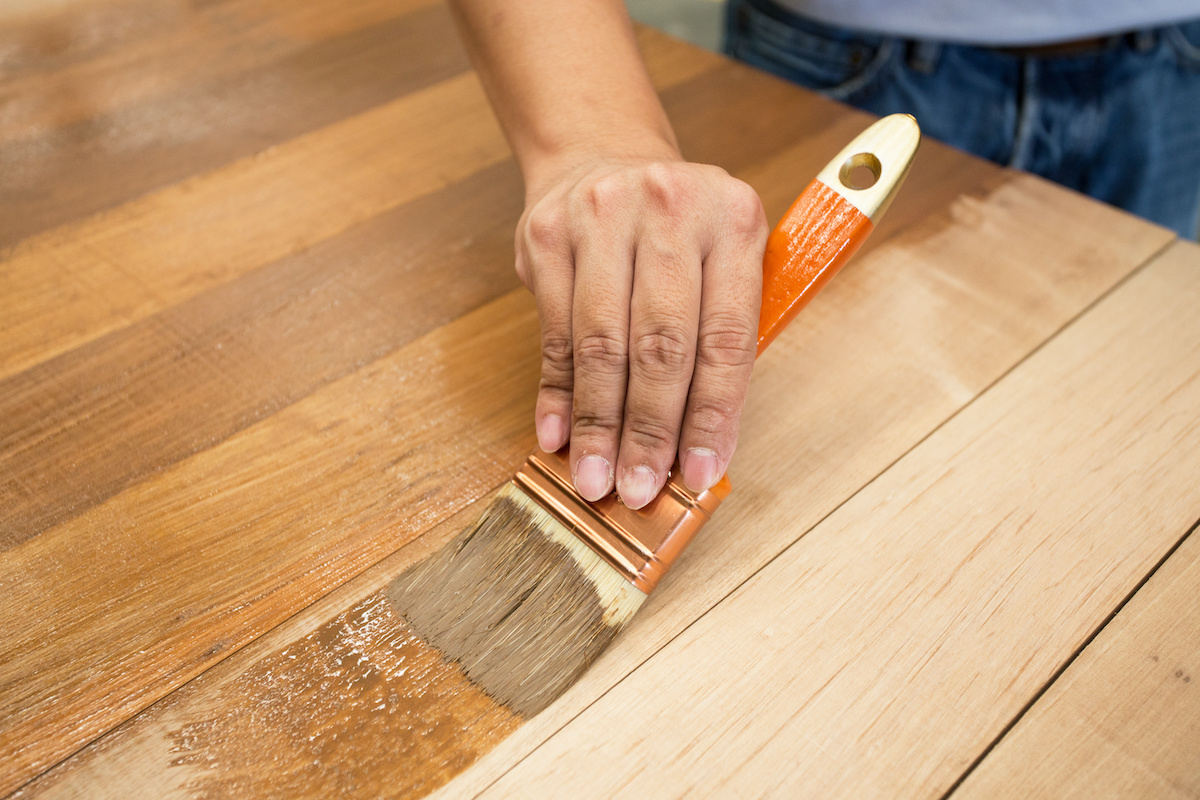
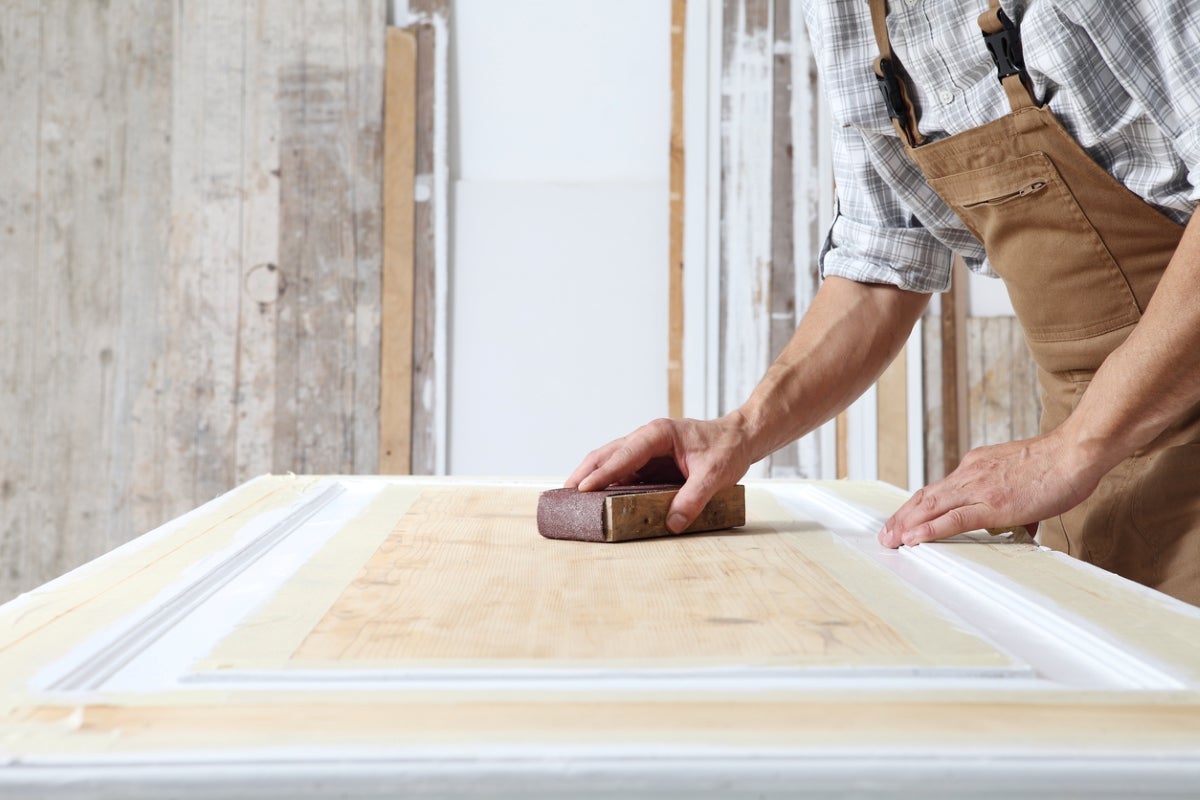
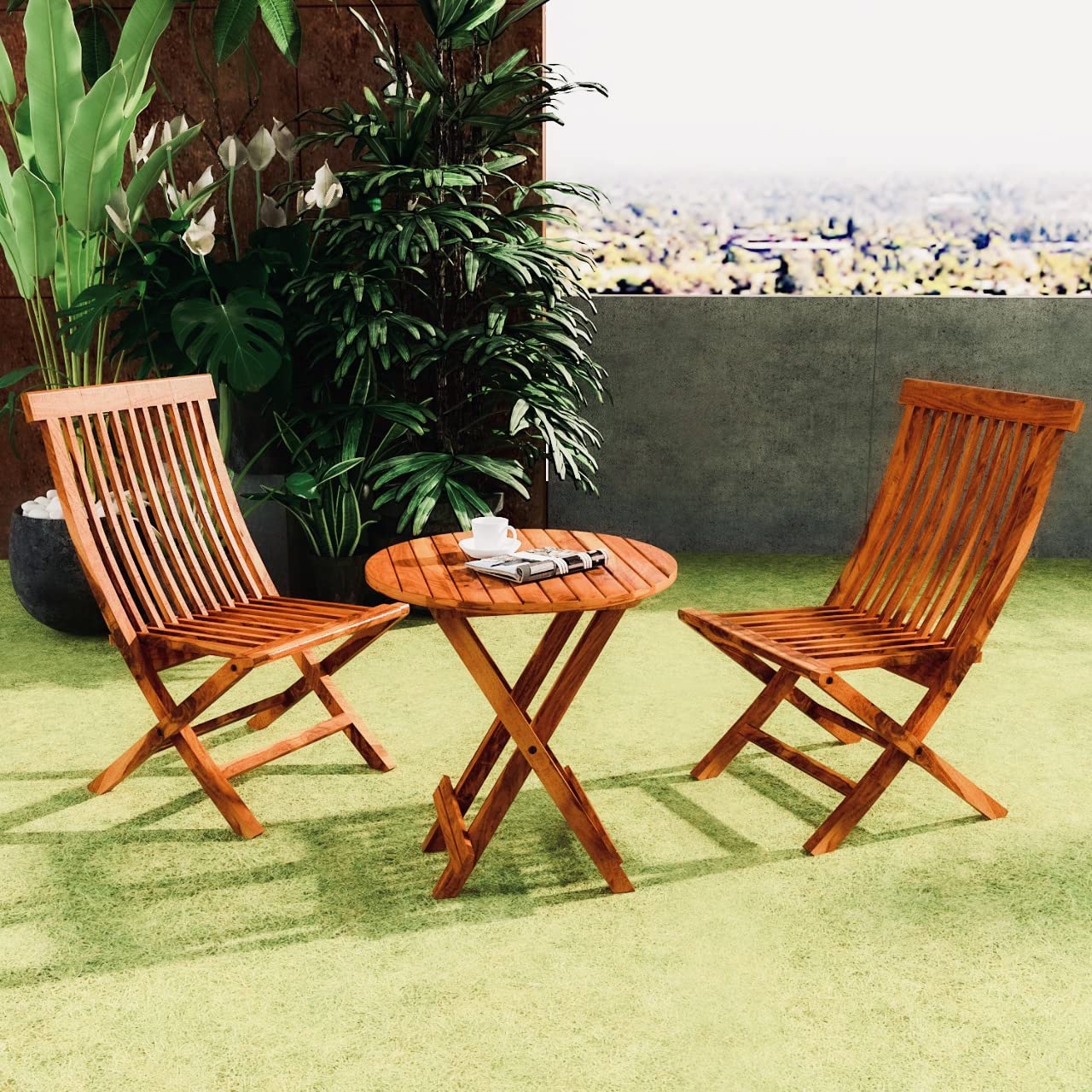
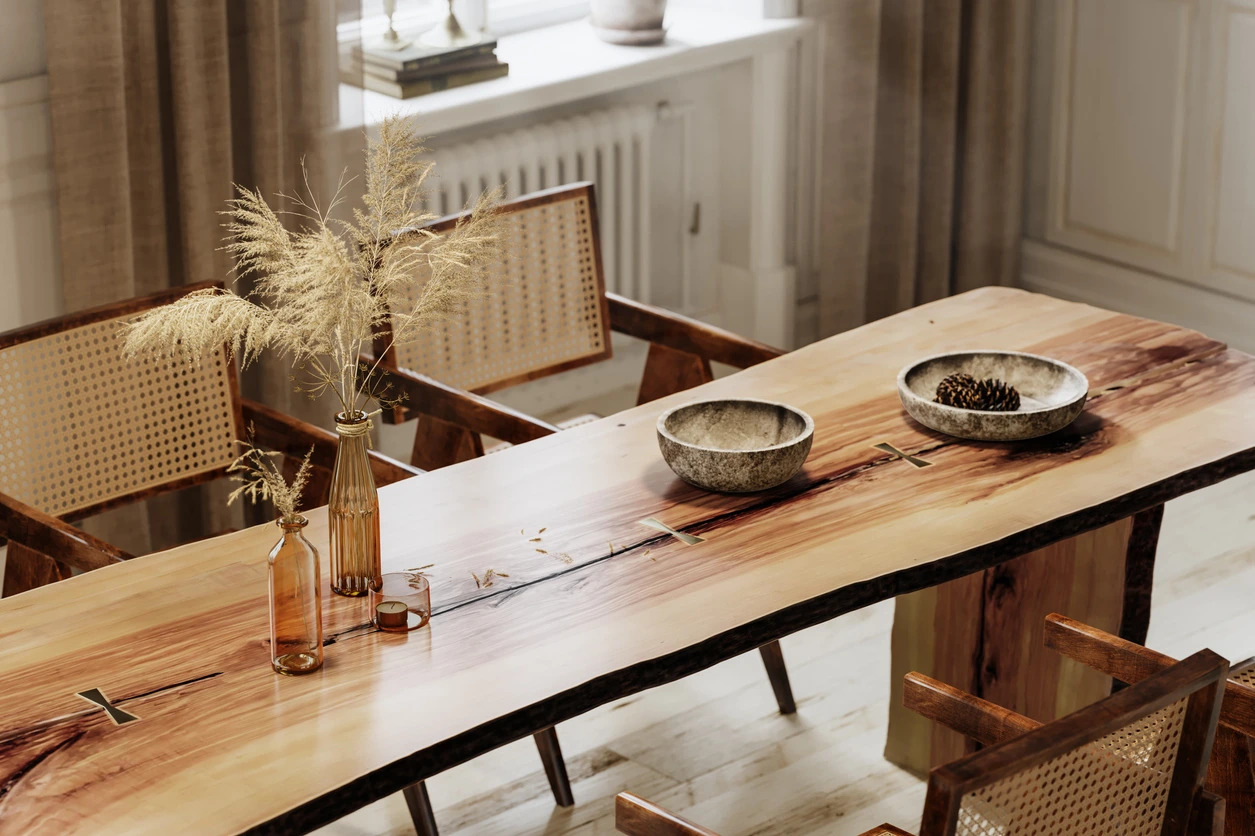
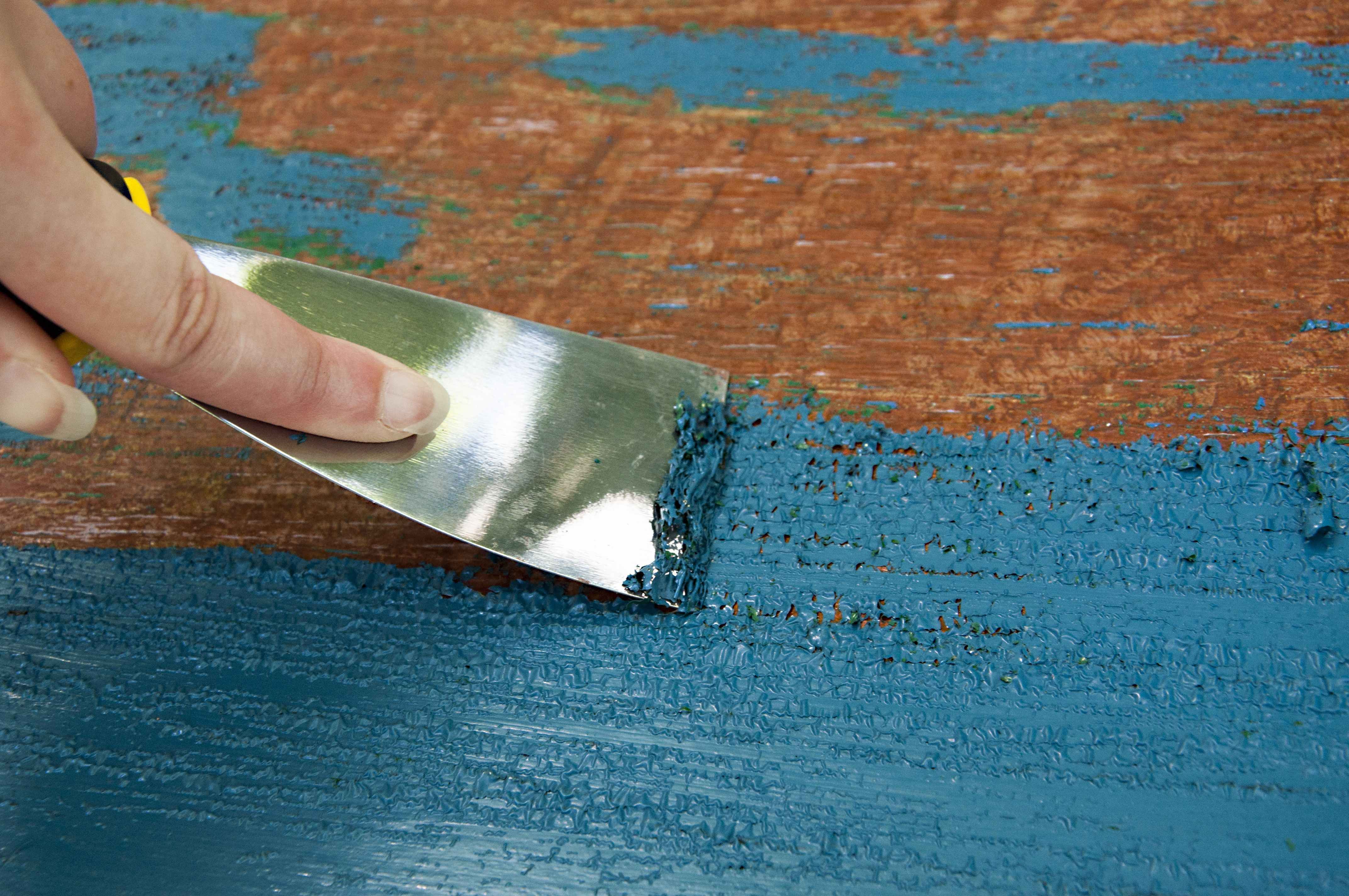

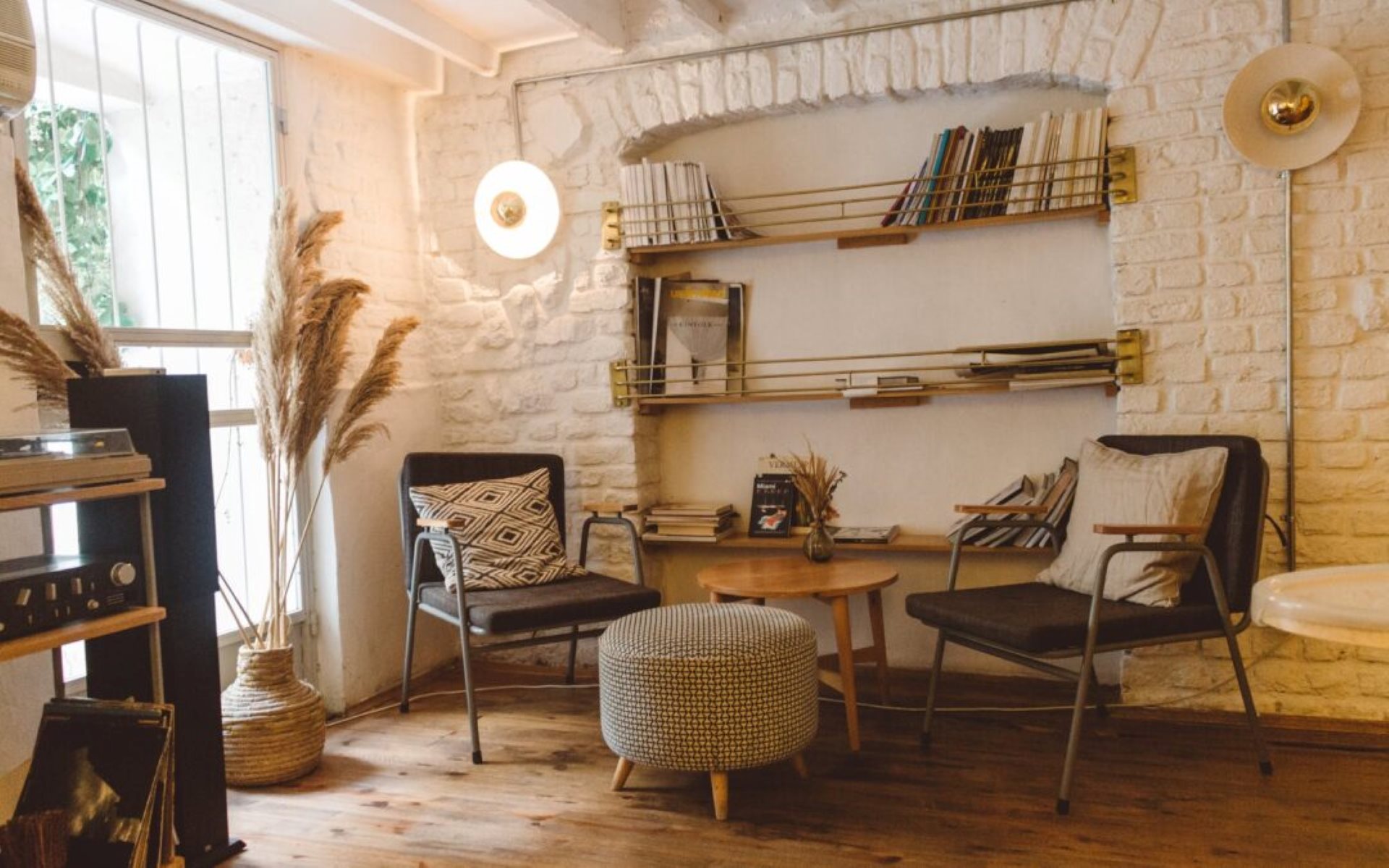
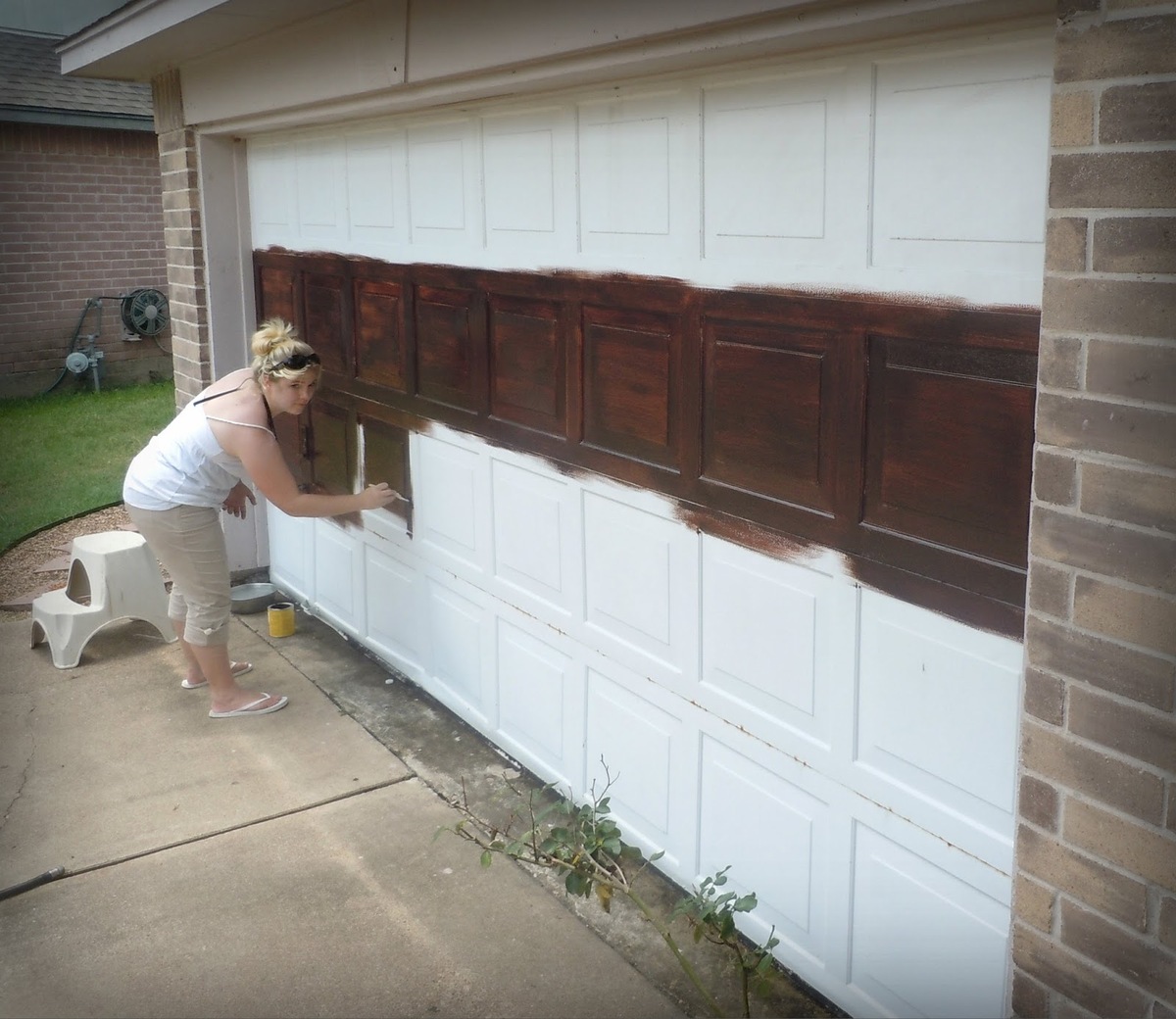

0 thoughts on “How To Store Wood Furniture In Garage”